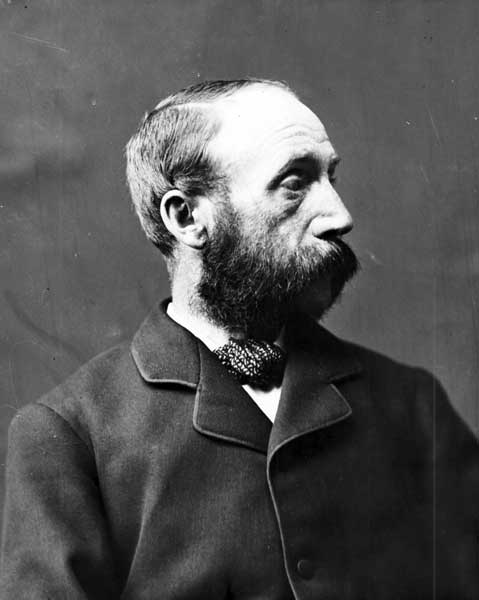by Gillian Covernton
Department of History, University of Manitoba
Number 48, Autumn/Winter 2004-2005
|
J. M. Bumsted, Reporting the Resistance: Alexander Begg and Joseph Hargrave on the Red River Resistance, Winnipeg: University of Manitoba Press, 2003, ISBN 0-88755-675-2 $24.95
The Red River Resistance and surrounding events between the autumn of 1869 and spring of 1870 have commanded a great amount of attention from historians and consequently a considerable body of literature explaining, analysing, and interpreting these events. J. M. Bumsted’s Reporting the Resistance: Alexander Begg and Joseph Hargrave on the Red River Resistance makes a crucial contribution to this literature and to a contextual understanding of the Resistance. Reporting the Resistance brings together an impressive collection of letters written by Alexander Begg and Joseph Hargrave which document the Resistance and give an understanding of the social world in which the Resistance came to a head.
The letters reproduced in Reporting the Resistance outline the experience of the Resistance in Red River through the eyes of Begg, a Winnipeg merchant, and Hargrave, an employee of the Hudson’s Bay Company. Begg and Hargrave wrote the letters published in this book to the Toronto Globe and Montreal Herald, respectively. These two major newspapers covered the events in Red River most closely. Bumsted’s introduction to this collection discusses the problems with utilising newspaper articles and acknowledges the pitfalls associated with possible editorial changes to the original texts. While the publication of these letters adds to the ever-expanding archive of information on Red River, the most important contribution made by the letters is that they describe the character of Red River at the time. Bumsted asserts that while other newspapers published accounts of the events in Red River, this particular correspondence is the most useful for discerning settlement history, descriptions of the population, and institutions.

Alexander Begg, 1880.
Source: Archives of Manitoba, Personalities - Begg Alexander #1, N21681.
Transcribing primary documents is a difficult and often painstaking task. Illegibility and less than perfect reproductions of text complicate the issue. The letters contained in Reporting the Resistance were prepared from microfilm as the original sources proved impossible to refer to. Bumsted has done an admirable job in this respect and has flagged problematic areas and annotated others in order to give the reader direction and context. Reporting the Resistance also contains a biographic appendix at the end of the book, which gives a brief sketch of relevant persons mentioned in the letters. This works to enrich the book as a whole and compliments the collection of letters.
The introduction to Reporting the Resistance gives a general context for which to read the letters, and overview of Red River historiography, and a brief analysis concerning the tone and nature of the letters. This prologue is an expansion of an earlier article written by Bumsted, “Reporting the Resistance of 1869-1870”, in Thomas Scott’s Body: And Other Essays in Early Manitoba History. The expanded article works well as the introduction to Reporting the Resistance and the book as a whole is an excellent compliment to Thomas Scott’s Body. The importance of this work to historians of Red River and early Manitoba cannot be overstated because of the value of these sources.
Page revised: 9 September 2010